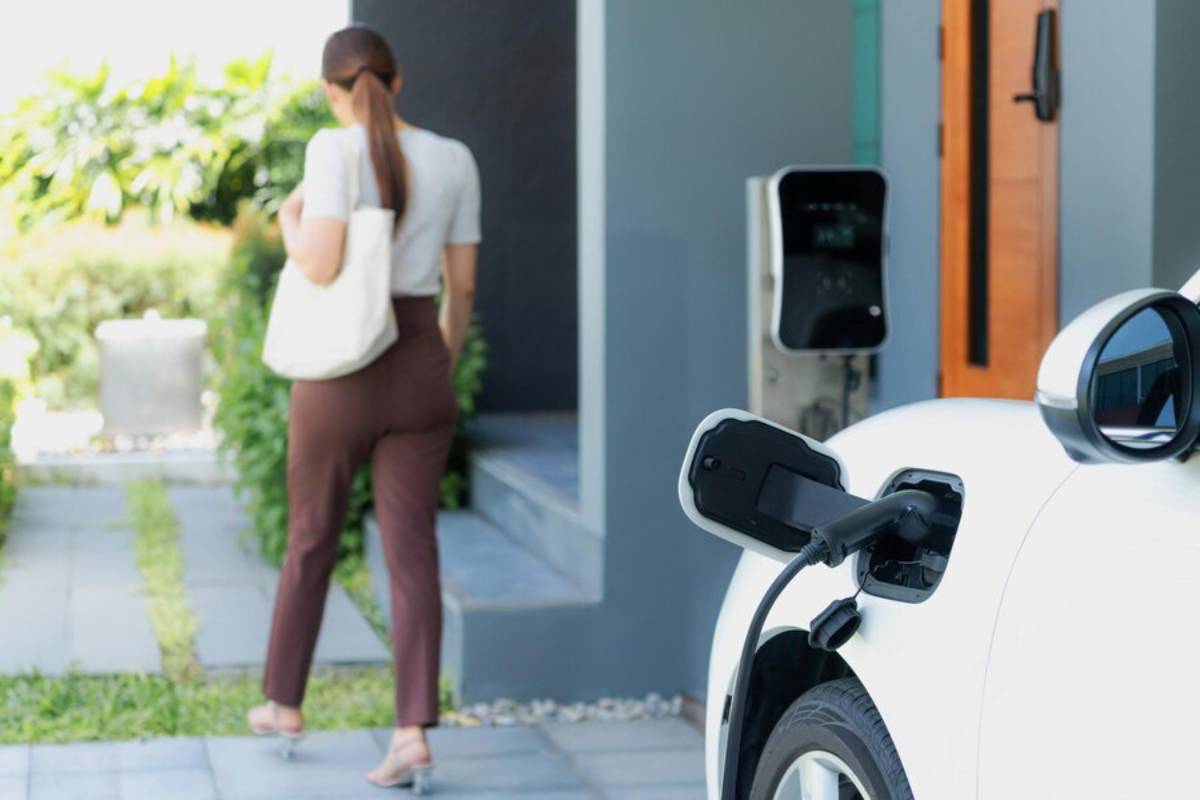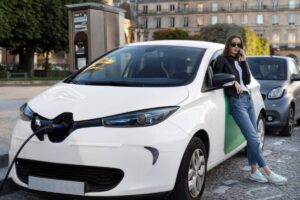The Automobiles & Vehicles Blog

How to Read EV Spec Sheets and Understand the Lingo
Electric vehicles (EVs) are redefining how we drive—but they’re also changing how we shop for cars. Instead of litres per 100 km or horsepower alone, you’re now navigating specs like kWh, regenerative braking, charging rates, and drivetrain types.
Our team found that EV buyers who understand spec sheets can confidently compare models, spot marketing gimmicks, and choose a car that truly fits their needs. This guide will help you make sense of EV terminology, decode key features, and feel empowered to make smart comparisons between models.
Pro Tip: EV spec sheets might look technical, but once you understand the core concepts, they become your most powerful shopping tool.
Quick Guide: Key EV Specs to Understand
- Battery size (kWh) and usable capacity
- Driving range (WLTP, EPA, or real-world estimates)
- Power output (kW or hp) and torque
- Charging speed (AC and DC rates)
- Drivetrain (FWD, RWD, AWD)
- Efficiency (kWh/100 km or mi/kWh)
- Tech and comfort features that impact daily use
Important: Don’t let jargon overwhelm you—every EV spec tells you how the car will feel and function in your daily life.
Step 1: Battery Size – kWh and Usable Capacity
Think of the battery as your fuel tank. But in EVs, we measure energy in kilowatt-hours (kWh).
What to Look For:
- Total battery capacity (e.g. 77 kWh)
- Usable capacity (usually slightly less—e.g. 74 kWh)
- Larger batteries = longer range, but also more weight and cost
Some manufacturers only advertise total capacity, while others clearly distinguish usable vs gross.
Rule of Thumb: More kWh = more range, but efficiency matters too.
Step 2: Driving Range – WLTP vs EPA vs Real-World
Not all range figures are created equal. EV range is affected by speed, temperature, terrain, and driving style.
Testing Standards:
- WLTP (Europe): Slightly optimistic
- EPA (U.S.): More conservative, closer to real-world
- Real-world tests: Best source for honest expectations
Example:
- WLTP: 500 km
- EPA: 420 km
- Real-world: ~400 km (depending on conditions)
Pro Tip: Always cross-check with real-user reviews or test drives to confirm true driving range.
Step 3: Power Output – kW vs Horsepower
Power in EVs is typically measured in kilowatts (kW), though some brands also list horsepower (hp) for familiarity.
Conversion:
- 1 kW = approx. 1.34 hp
- 150 kW = ~200 hp
- Torque (Nm) is more important in EVs for instant acceleration
Power Output Terms:
- Peak power: Max output under full throttle (short bursts)
- Continuous power: What it can sustain without overheating
- Overboost (in some models): Temporary power boost mode
Driving Feel: Even modestly powered EVs can feel zippy due to instant torque.
Step 4: Charging Speed – AC vs DC
Charging isn’t just about plugging in—it’s about how fast your EV can take in power.
Charging Types:

- AC Charging (Level 2): Home or public stations (3.7–22 kW)
- DC Fast Charging: High-speed roadside or commercial chargers (50–350 kW)
What to Check:
- Max AC rate – affects overnight charging speed
- Max DC rate – determines how quickly you can top up on the road
- Time to charge from 10% to 80% – more relevant than 0–100%
Pro Tip: Many EVs charge fastest up to 80%, then slow down to protect battery health.
Step 5: Drivetrain – FWD, RWD, AWD
How power is distributed affects traction, handling, and performance.
Drivetrain Types:
- FWD (Front-Wheel Drive): Efficient, stable, common in smaller EVs
- RWD (Rear-Wheel Drive): Sportier feel, often more fun to drive
- AWD (All-Wheel Drive): Better grip in snow or rain, two-motor setup
Bonus:
- AWD usually means faster acceleration, but higher cost and energy use
- Some EVs allow switching between AWD and FWD to save energy
Step 6: Efficiency – kWh/100 km or mi/kWh
Efficiency tells you how much energy the EV uses—and how far it can go on a kWh.
Formats:
- kWh/100 km (Europe/metric): Lower is better
- mi/kWh (U.S.): Higher is better
Example:
- Tesla Model 3: 13.4 kWh/100 km → very efficient
- Hyundai IONIQ 6: 12.7 kWh/100 km → top-tier
- BMW iX: 21 kWh/100 km → less efficient, heavier SUV
Tip: Efficiency matters just as much as battery size—an EV with a small battery and great efficiency can outperform a larger, thirstier vehicle.
Step 7: Key EV Features to Compare
Spec sheets aren’t just about motors—they include tech, safety, and comfort that can define your driving experience.
Must-Check Specs:

- Driver assistance: Adaptive cruise, lane-keeping, autopilot options
- Infotainment: Touchscreen size, interface, smartphone integration
- Heat pump: Improves winter range (not standard on all EVs)
- Boot capacity: Some EVs include a front trunk (frunk)
- V2L or V2G support: Power appliances or your home from the car
- Over-the-air updates: Keeps software current without a service visit
Note: Some features are optional—make sure to review the trim levels.
Bonus: Top EV Specs to Compare in a Snapshot
| Spec Category | What to Look For |
| Battery | Size in kWh (usable), chemistry (LFP, NMC) |
| Range | WLTP/EPA estimates and real-world reviews |
| Charging | AC and DC max rate, cable types included |
| Power | kW or hp + torque (Nm), 0–100 km/h time |
| Drivetrain | FWD, RWD, AWD—based on use case |
| Efficiency | kWh/100 km or mi/kWh |
| Interior Tech | Infotainment, climate controls, app support |
| Extras | OTA updates, bidirectional charging, safety tech |
Warning: Spec sheets can look impressive—but not all claims reflect real-world use. Always test drive, and read reviews from actual owners in your climate and country.
Frequently Asked Questions
1. What’s more important—range or battery size?
Range. A smaller battery with better efficiency may get you farther than a big battery in a heavy car.
2. How do I know if a car has fast charging?
Check for DC max charging speed and CCS connector (in most markets). Anything over 100 kW is considered fast; over 200 kW is ultra-fast.
3. Does more power (kW/hp) mean better performance?
Not always. Weight, drivetrain, and tuning matter too. Instant torque means even a 100 kW EV can feel quick in daily driving.
4. Why are there different range estimates (WLTP vs EPA)?
Different testing standards. EPA is more conservative, WLTP is used in Europe and usually gives higher numbers.
5. What’s the difference between a heat pump and regular heater?
Heat pumps use less energy to heat the cabin, improving winter range. Not all EVs include one as standard.
Specs Are a Window Into Real-World Driving
Understanding EV spec sheets isn’t about memorising numbers—it’s about connecting specs to how you’ll actually drive. Once you know what terms like kWh, regen braking, and charging speeds mean, you can confidently compare models and choose the one that fits your world.
So decode the data, ask the right questions, and let the spec sheet work for you—not against you.









